'We're not as advanced as the Chinese or the Russians' with hypersonic missiles: US General
The United States’ hypersonic missile capabilities are "not as advanced" as those of China or Russia, says US Space Force General David Thompson.
Speaking at the Halifax International Security Forum in Canada on Saturday, Thompson suggested that the US is lagging behind in developing the newest and most sophisticated weaponry.
"We have catching up to do very quickly, the Chinese have an incredible hypersonic program," he said. "It's a very concerning development ... it greatly complicates the strategic warning problem."
This comes after China reportedly tested a “nuclear-capable” hypersonic missile in August that travelled around the Earth at a low orbit before reaching its target.
The hypersonic vehicle was carried by “a Long March rocket,” The Financial Times reported in October, citing “multiple sources familiar with the test.”
Meanwhile, the Russian military successfully test-fired a hypersonic cruise missile against a target in the White Sea waters in northern Russia on Nov. 18, according to a state-run media outlet in the country.
The United States, however, failed its own hypersonic missile tests in October, according to CNN.
According to a memo the Congressional Research Service (CRS) provided for US Congress on Oct. 19, the US is falling behind China and Russia because "most US hypersonic weapons, in contrast to those in Russia and China, are not being designed for use with a nuclear warhead."
"As a result, US hypersonic weapons will likely require greater accuracy and will be more technically challenging to develop than nuclear-armed Chinese and Russian systems," the CRS wrote.
For the fiscal year running through 2022, the US is planning to spend $3.8 billion on hypersonic missiles defined as weapons that fly at the speed of Mach 5 or more, according to the memo.
During his interview, Thompson said hypersonic missiles are "changing the game" for national defense and security and drew a comparison between their use and a snowball fight.
Typically, it is possible to predict where a snowball is after it is thrown. However, if the projectile is thrown in another direction, it is not easy to detect — but it is still going to strike a target.
"That's what a hyperglide vehicle does," he said, referring to another type of hypersonic missile. "You no longer have that predictability. So every launch of a certain type, regardless of where it's headed, now has the potential to be a threat."
The remarks come as China and Russia have cultivated closer military and diplomatic relations in recent years as their ties with the West have soured.
In October, Russian and Chinese warships for the first time conducted joint patrols in the western part of the Pacific Ocean, the Russian defense ministry said.
The one-week patrol involved a total of 10 warships, five from each nation, in the Tsugaru strait that connects the Sea of Japan with the Pacific Ocean.
Hamas thanks Iran, Resistance Front following achievement of ceasefire in Gaza
'Capitulation': Israeli officials and media concede Gaza defeat as truce unfolds
'Gaza has won': Social media users react to ceasefire with mix of relief, joy
Iran seeks South Korea’s assistance for AI, fiber-optic projects
VIDEO | Iran's 'Eqtedar' (Power) maneuver
Israel hits HTS military target in Syria for 1st time since fall of Assad
VIDEO | Press TV's news headlines
Israel has slaughtered 13,000 students in Gaza, West Bank


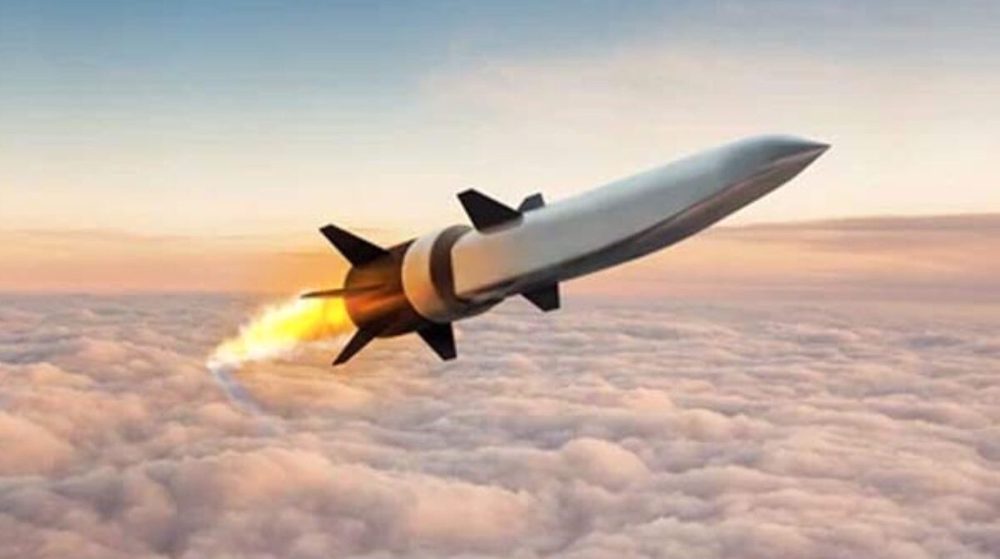
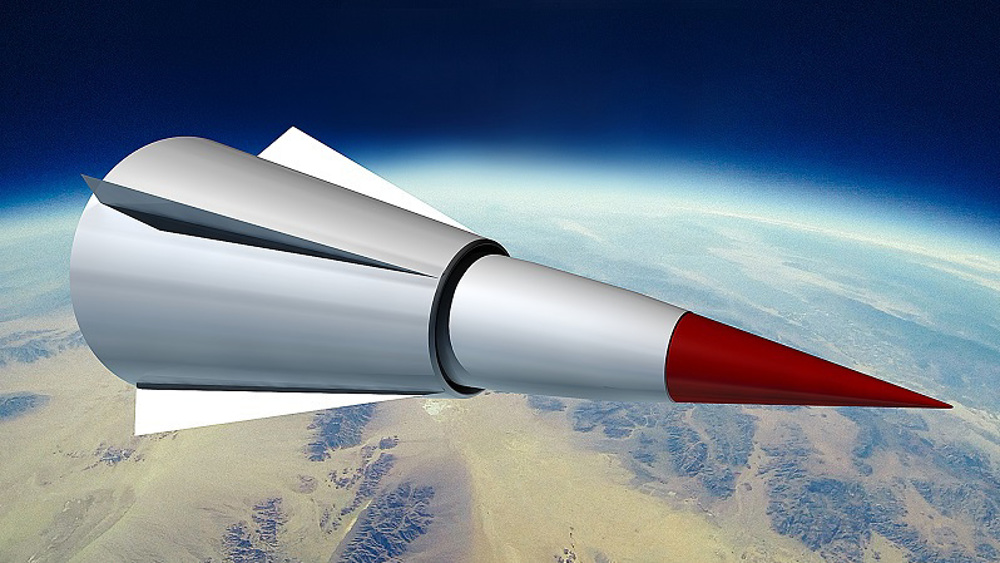
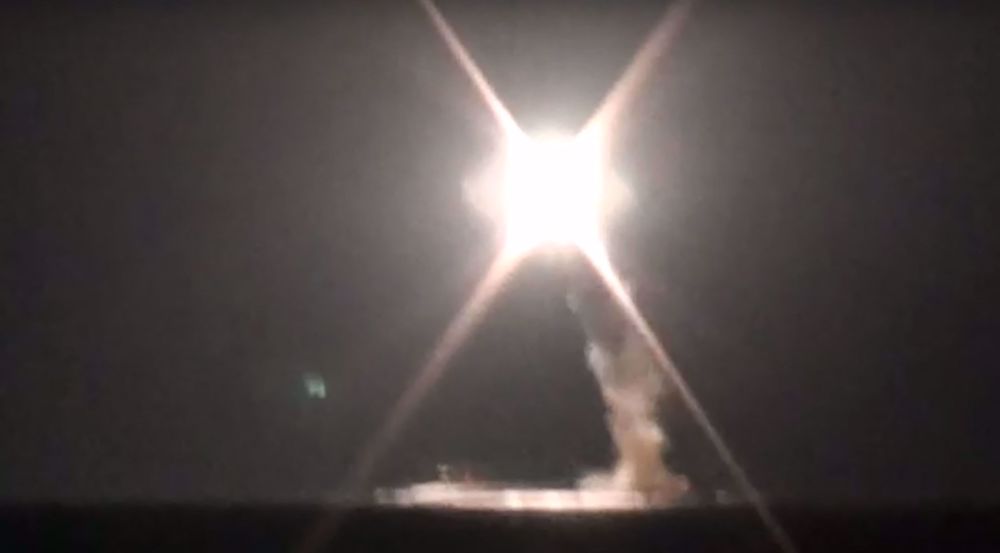
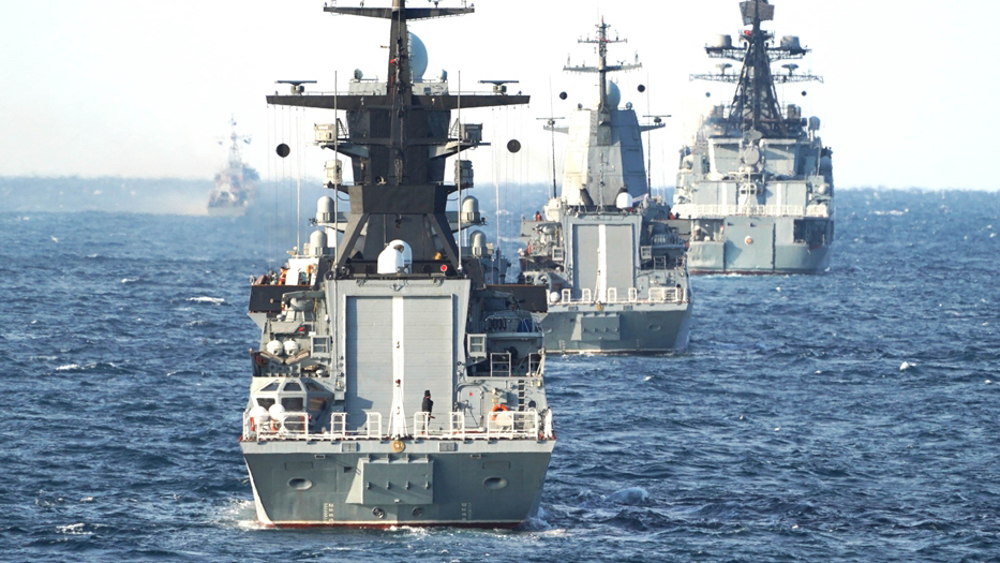
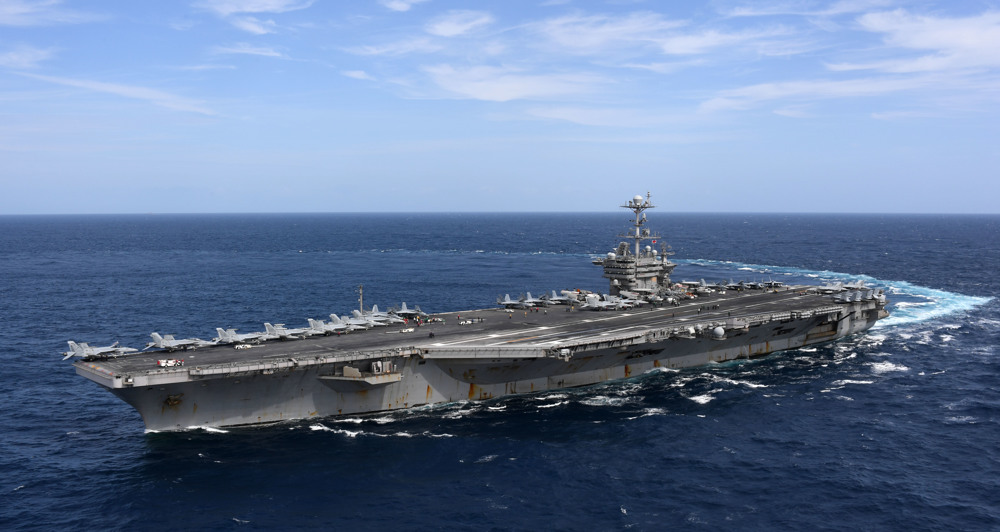
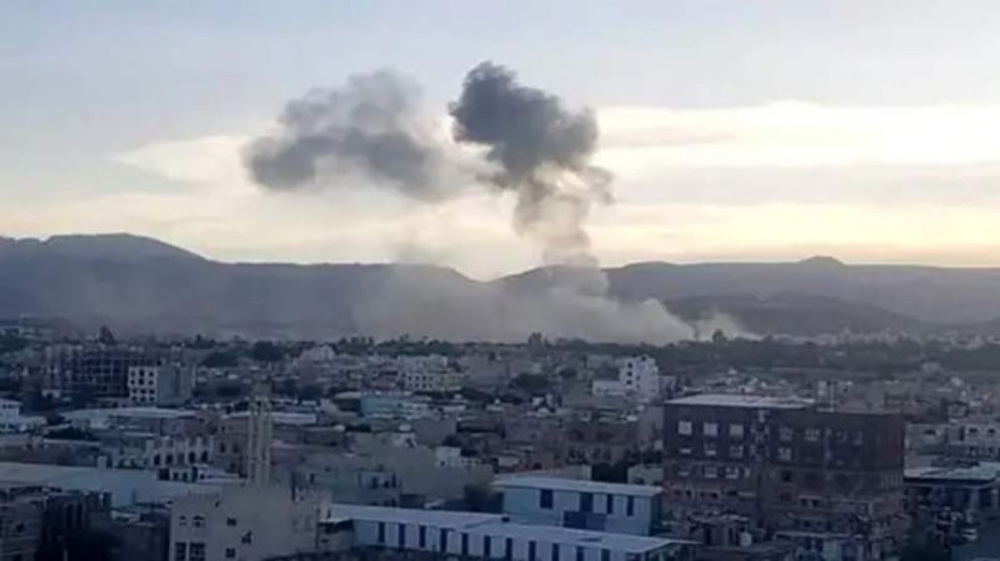
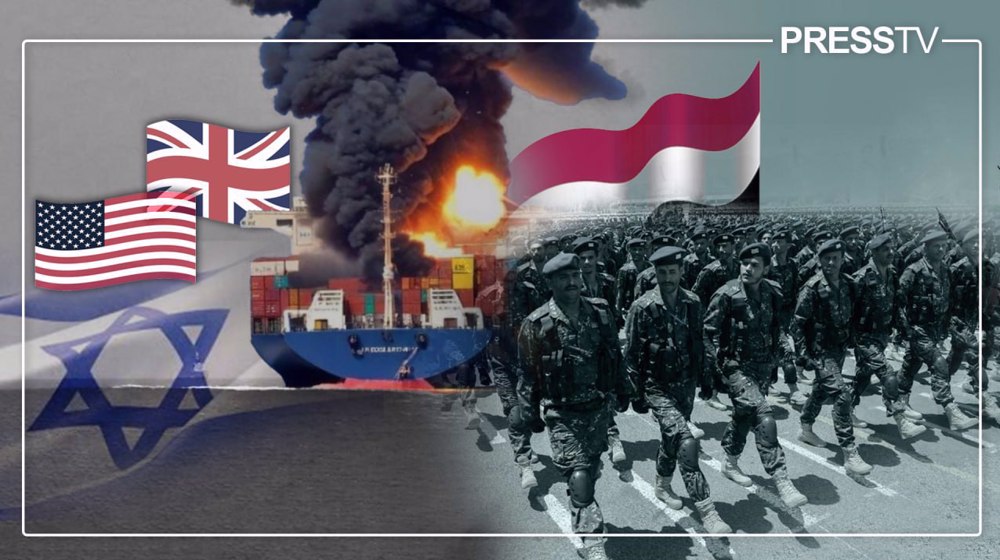




 This makes it easy to access the Press TV website
This makes it easy to access the Press TV website